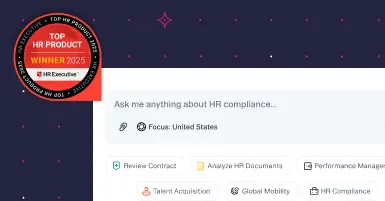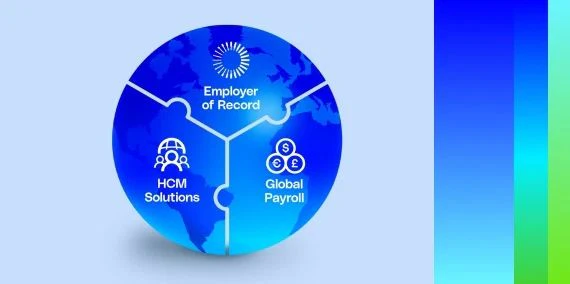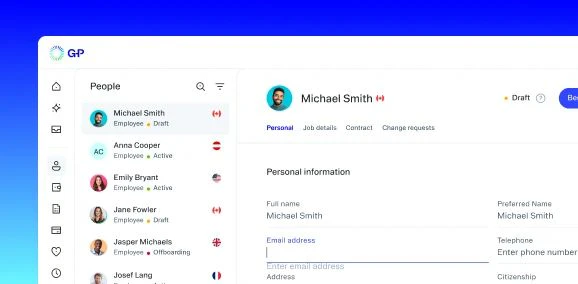Australia’s Fair Work Act of 2009 and the Fair Work Legislation Amendment (Secure Jobs, Better Pay) Act 2022 outline many of the country’s employment laws that guide the relationships between employees and employers. Unionized industries or Enterprise Bargaining Agreements also have workplace rules and protections for employees that can sometimes contradict national law. Therefore, it’s essential to understand how every employment law affects your company and how you can stay compliant during the hiring and recruitment process.
Recruiting in Australia
If you want to recruit top talent in Australia, the first step is knowing where to look. Most Australia-based businesses advertise job openings online as well as in local newspapers. As you might expect, the internet takes up the majority of job advertising these days. Social media use is on the rise, and many large companies simply advertise open positions on their own websites.
Hiring through employment agencies is relatively common in Australia as well. However, traditional recruitment agencies can come with steep fees for your company.
Australia’s Department of Employment and Workplace Relations also offers recruitment services through its Workforce Australia Online program.
In some industries in Australia, open positions are not advertised formally. Instead, employers rely on word of mouth and other informal methods of recruitment. This process is often used for vacancies in less specialized industries.
In the end, the recruitment method you choose for your company will come down to a personal decision. You should consider the industry you’re in, the type of position you need to fill, and the amount of time and resources you’re willing to invest in order to find the right person to join your international team.
Laws against discrimination in Australia
As in any other country, specific regulations are in place when it comes to employment- and workplace-related discrimination.
Under Australia’s laws, employers cannot discriminate against employees based on age, disability, race (including color, national or ethnic origin, or immigrant status), sex (including pregnancy, marital or relationship status, family responsibilities, or breastfeeding), or sexual orientation (including gender identity or intersex status). You should avoid referencing these categories in job postings and communication with potential hires.
How to hire employees in Australia
Hiring employees in Australia can sometimes be a complicated process for employers unfamiliar with local laws. The government in Australia urges employers to hire local workers, making it fairly simple to onboard employees from the country, but bringing in talent from other nations can prove difficult.
Australia’s hiring laws also differ by state. Hiring an employee in one state may be easier than employing someone from a neighboring area.
If you choose to hire international employees for your Australia-based subsidiary, you must apply to become a sponsor to recruit candidates. Only the positions on Australia’s list of skill shortage areas can be filled with international workers.
Australia employment laws
Australia’s Fair Work Act has national employment standards in place for the following 11 areas:
- Working hours
- Annual leave
- Flexible working arrangements
- Requests and offers to convert from casual to permanent employment
- Personal/caregiver’s leave
- Public holidays
- Compassionate leave
- Community service leave
- Notice of termination and redundancy pay
- Unpaid parental leave
- Fair Work Information Statement
It’s vital to understand each unique aspect of the Fair Work Act to attain employment compliance. If you do not follow every standard, you could face costly fines.
Onboarding in Australia
Outlining a strong written employment contract is the best way to hire and onboard employees in Australia. The contract should include the duration of the job, position, duties, any probationary periods, bonuses, and additional benefits. You should also add information about a notice of termination, how you will protect confidential information, and any post-termination restrictions.
In addition to the employment contract, National Employment Standards, and the relevant state and federal laws, an employee may also be covered by an Enterprise Agreement or a Modern Award. These will stipulate employment standards by state, employer, occupation, or industry.
Grow globally with G-P.
G-P never forgets that behind every hire is a human being. That’s why we’ve backed our fully customizable suite of global employment products with our robust team of HR and legal experts, so we can remain at your side, ready to support you as you build your global teams. With the #1 Global Growth Platform™, you have the recruitment tools and services you need to find your perfect full-time or contract match.
Contact us today to learn more about how we can help you recruit, hire, and onboard anyone, anywhere.

















